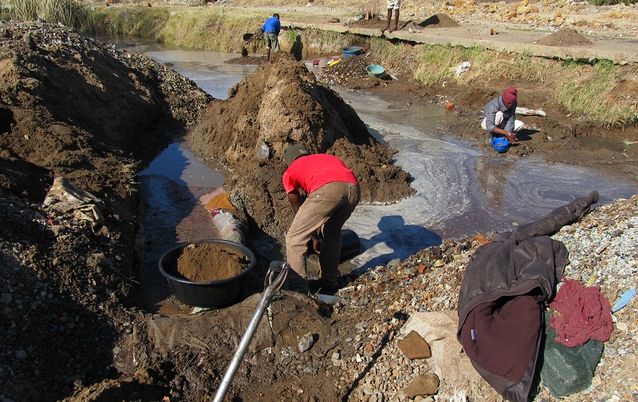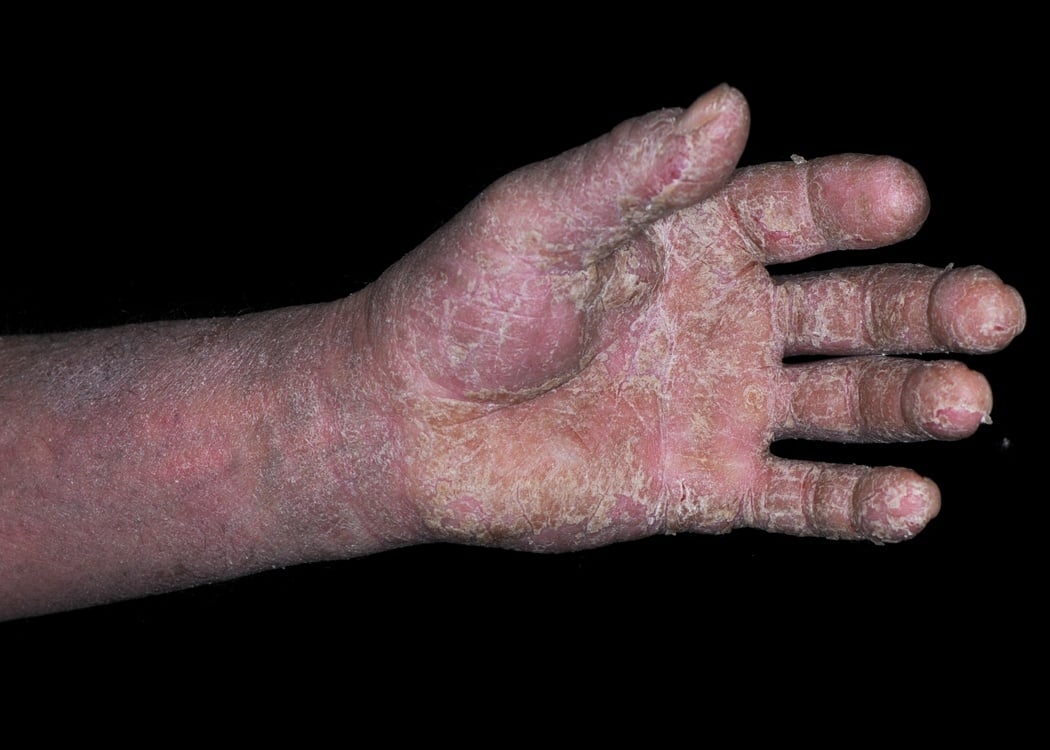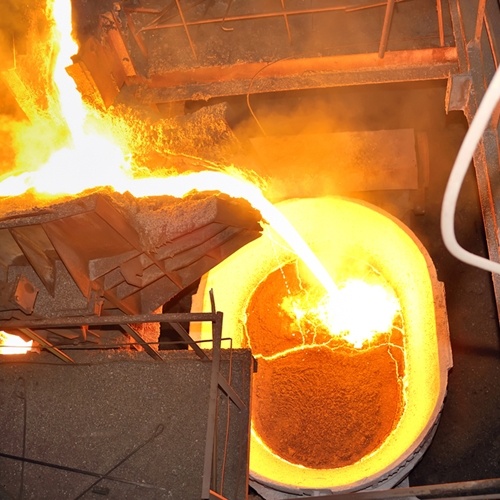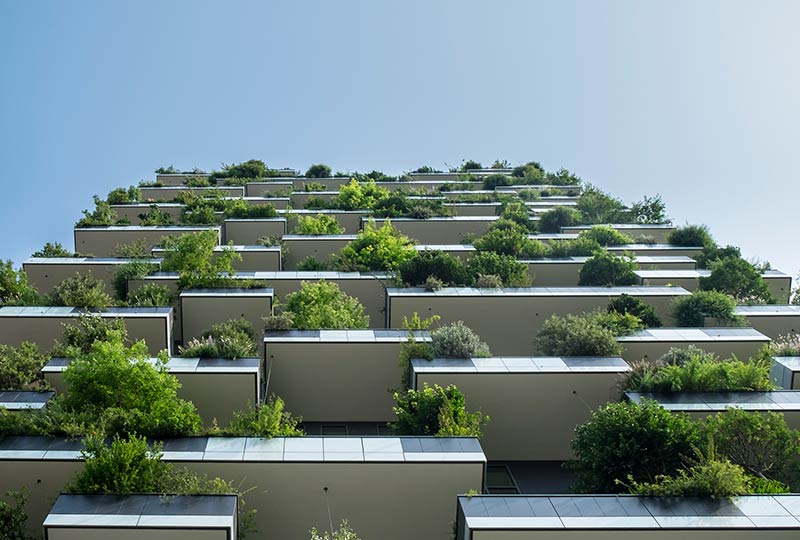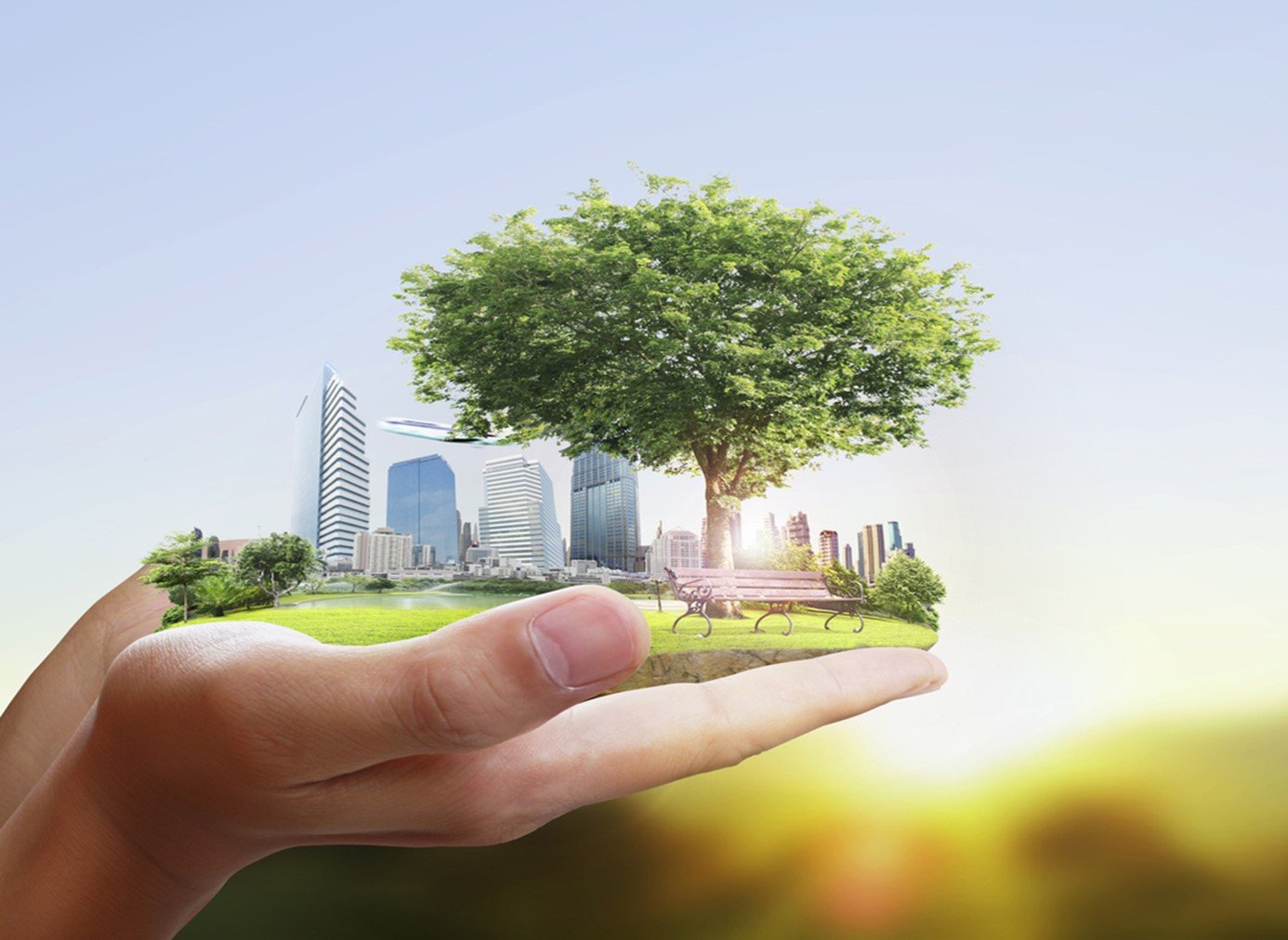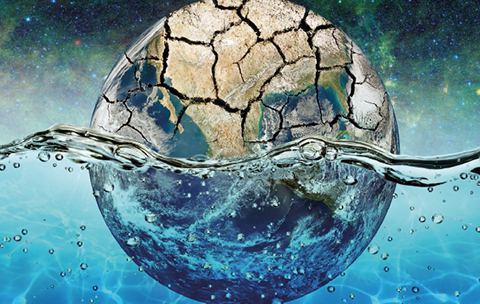In May this year, we took a look at the current landscape of illegal mining. Today, we review the negative effects of this clandestine industry.
Topics: Mining, risk, Environmental hazards, Illegal mining, Health and safety hazards
Uncommon, but not unheard of – hazardous chemicals and injections
We’re now onto the last of our blogs on entry routes of hazardous substances into the body, and today’s article takes a look at accidental injection of such toxins. While uncommon in most workplaces, it can occur when a sharp object (e.g., needle) punctures the skin and injects a chemical (or virus) directly into the bloodstream.
Topics: HSE, HSE best practice, Environmental hazards, Hazardous chemical substances
In part three of our four-part blog series, we take a look at how hazardous substances are ingested through the body. It sounds pretty simple – we swallow them right? It’s actually a little more complicated than that. Let’s have a look.
Topics: work safety, HSE, HSE best practice, Environmental hazards, Hazardous chemical substances
How toxins and hazardous chemical substances are absorbed through the skin
We’re taking a look at the four major entry routes through which a chemical can enter the body. In our last blog, we unpacked the ways a person can inhale chemicals, and the respiratory protection your workplace must have in place. Today, we review how toxins and hazardous chemical substances are absorbed through the skin.
Topics: risk, risk assessment, Environmental hazards, Hazardous chemical substances
4 entry routes of toxins and hazardous chemical substances
For a chemical to harm someone, and affect their health negatively, it must first come into contact or enter the body. It must also have some biological effect on the body.
Topics: Occupational Health and Safety, Safety, Environmental hazards, Hazardous chemical substances, Exposure
Commercial buildings are responsible for some of the greatest carbon emissions. But, some responsible-minded companies have made a concerted effort to adapt their buildings as much as possible, to ensure they meet new environmental standards. By next year, as many as 48% of new non-residential building construction will be green, according to estimates. Sustainable architecture is no longer rare, and that’s something that’s happened fairly quickly – from 2005 to 2012, the number of new green building designs jumped by 39%.
Topics: Environmental Management System, Environmental hazards, Green initiatives, sustainability
Did you know – according to The Guardian, at least nine companies globally generate a billion dollars or more in revenue annually from sustainable products or services — those products and services that focus on sustainable living and/or are produced sustainably. This includes Unilever, General Electric, Ikea, Tesla, Chipotle, Nike, Toyota, Natura and Whole Foods (with Target expected to join the list in the coming months). Certainly not ‘small fry’ companies.
Topics: Environmental Management System, proft, Environmental hazards, sustainability
3 strategies for improving business productivity and efficiency
Technological advances, customer expectations and especially globalisation have increased the need for higher productivity. Entrepreneurs are now competing on a global scale. At the same time, companies are expected to adhere to their social and ethical responsibilities, which includes being aware of the organisation’s environmental impact. This means that the measures you take to increase your productivity need to also increase your efficiency.
Topics: Environmental Management System, HSE best practice, Environmental hazards, Productivity
The efforts you make in lowering your company’s carbon emissions don’t rest entirely with you – how your suppliers conduct their business activities will also have an impact on your overall carbon footprint. An effective way to ensure they are responsible suppliers is to use the following checklist when you begin working with them. Remember, a supplier that appreciates its obligations to the environment will carry ethical corporate responsibility across its entire operations.
Topics: Environmental Management System, HSE best practice, Audits, Environmental hazards, Supplier vetting
It may be surprising to hear, but the world’s most abundant, richest energy supply isn’t one that needs to be created or discovered, but is in fact conserving what already exists. In terms of your workplace, this means adapting your existing (or prospective) building in such a way that makes it more ‘green’ (i.e. making it more energy efficient to reduce its environmental impact).
Topics: Environmental Management System, HSE best practice, Environmental hazards, Ethical best practice

